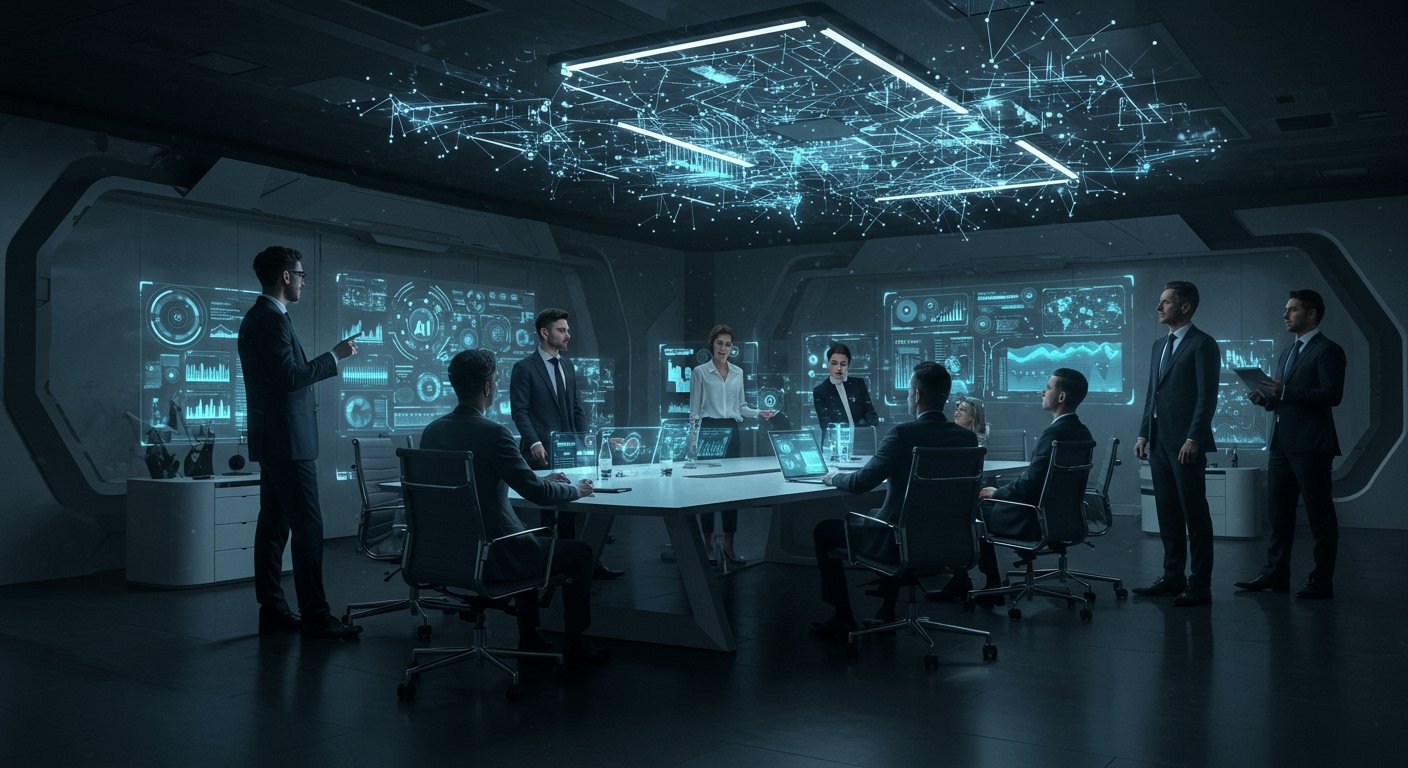Early-stage technological disruptions, particularly the accelerating integration of Artificial Intelligence (AI), are fundamentally redefining the operational and strategic landscapes of global businesses. These shifts are compelling corporate leaders to rethink traditional approaches, moving beyond viewing AI as a mere efficiency tool to recognizing its potential as a profound transformative element for business systems.
According to Jennifer Carter, a principal analyst at the distinguished research and advisory firm Gartner, this evolving perspective among Chief Executive Officers (CEOs) marks a significant inflection point. The C-suite is increasingly acknowledging that AI is not just an additive technology but a core component poised to reshape entire workflows, decision-making processes, and competitive dynamics.
The Shifting View from the Top
The transition in how CEOs perceive AI signifies a maturing understanding of its capabilities and potential impact. Initially, many businesses explored AI applications primarily for automation of repetitive tasks, cost reduction, or marginal improvements in specific functions like customer service or data analysis. While valuable, this approach treated AI largely as a specialized instrument within the existing operational framework.
However, as AI technologies advance and their potential becomes more evident, particularly in areas like predictive analytics, personalized customer experiences, sophisticated data synthesis, and even autonomous operations, leaders are starting to see the bigger picture. They recognize that AI can unlock new business models, enable unprecedented levels of personalization, optimize complex supply chains in real-time, and provide strategic insights previously unattainable.
This broader perspective elevates AI from a departmental tool to a strategic organizational imperative. It suggests that successful integration requires a holistic approach, considering not just the technology itself, but its ripple effects across the entire business ecosystem – from infrastructure and data governance to culture and workforce capabilities.
The Imperative of Upskilling
One of the most critical implications of this shift in CEO perspective is the underscored importance of upskilling existing employees. As leaders grasp AI’s transformative potential and its significant organizational impact, they also realize that realizing this potential hinges on human capability.
Integrating AI effectively into daily workflows is not an automatic process enabled solely by deploying new software or platforms. It requires a workforce equipped with the necessary skills to interact with AI systems, interpret AI-driven insights, manage AI-powered processes, and adapt to roles that are augmented or changed by AI.
Jennifer Carter’s analysis highlights that the recognition of AI as a transformative element directly leads to the necessity of investing heavily in employee training and development. The skills gap is becoming a major concern for organizations aiming to leverage AI strategically. Employees need to develop digital literacy, data fluency, critical thinking skills to validate AI outputs, and the ability to collaborate effectively with AI tools.
Failing to prioritize upskilling could create a bottleneck, preventing organizations from fully capitalizing on their AI investments, even if the technology itself is cutting-edge. It could lead to AI tools being underutilized, misapplied, or even resisted by employees who feel unprepared or threatened by the change.
Understanding AI’s Organizational Impact
The organizational impact of AI, as recognized by leading analysts and CEOs, extends far beyond simple efficiency gains. It involves fundamental changes to how work is done, how decisions are made, and how value is created.
AI can drive significant competitive advantage by enabling faster innovation, more precise market targeting, optimized resource allocation, and enhanced resilience against disruptions. It can free up human workers from mundane tasks, allowing them to focus on more complex, creative, and strategic activities that require uniquely human skills.
Furthermore, AI adoption influences organizational structure and culture. It may necessitate flatter hierarchies, more agile teams, and a culture that embraces data-driven decision-making and continuous learning. Managing this change effectively requires strong leadership, clear communication, and a focus on ensuring a positive employee experience throughout the transition.
Navigating the Future Landscape
The current period represents an early stage in the widespread adoption and integration of these transformative technologies. The trends observed now, particularly the strategic view of AI and the emphasis on workforce readiness, are poised to define the future of business systems.
Organizations that proactively address both the technological integration and the human element – by investing in AI infrastructure, adapting processes, and critically, upskilling their workforce – will be better positioned to navigate this evolving landscape. Those that lag in adapting their employee capabilities may find themselves unable to harness the full power of AI, potentially falling behind competitors who have successfully integrated AI into the fabric of their operations.
In conclusion, the perspective shift among CEOs, viewing AI as a transformative force rather than just a tool, underscores the profound changes underway in business systems. As Jennifer Carter of Gartner notes, this view highlights the urgent need for companies to invest in upskilling their employees, ensuring they possess the capabilities required to effectively integrate AI into their daily workflows and harness its full organizational impact. The businesses that succeed in the future will likely be those that master the complex interplay between advanced technology and a skilled, adaptable human workforce.




